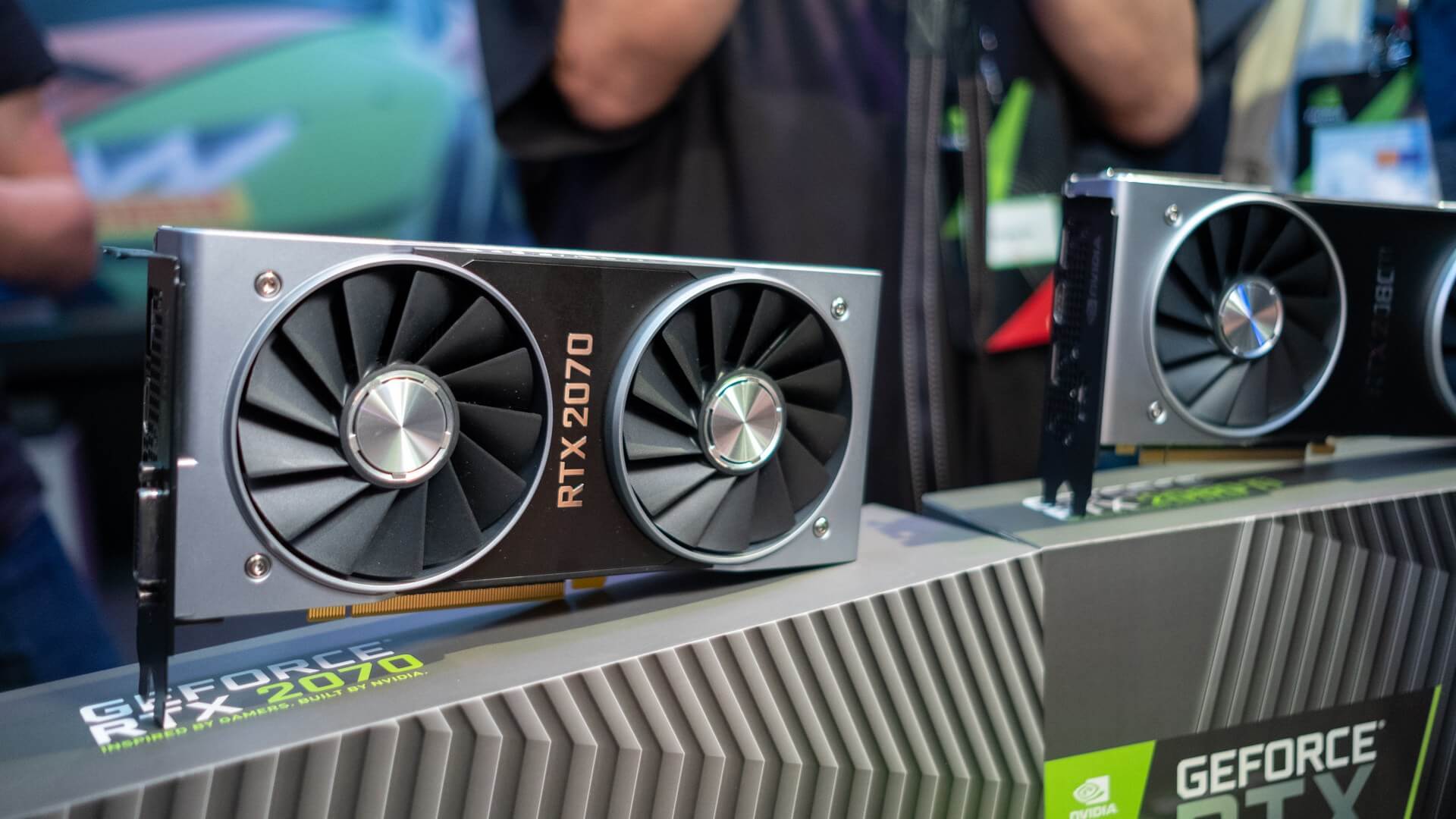Why it matters: Prices on graphics cards might be going up a little bit until manufacturing operations can be relocated to countries that are not subject to additional tariffs in the United States.
A new round of tariffs were implemented adding a 10 percent fee on imports of more than $200 billion from China. In the sweeping tariff increases, graphics cards are one of the many tech items affected.
Both AMD and Nvidia are affected by the tariffs, although the true extent is still being determined. Buyers of prebuilt systems need not worry about any additional tariffs since they do not apply to complete computers at this time. Only graphics cards sold individually and manufactured in China are affected.
For now, the "vast majority" of graphics cards are still made in China. Bank of America's investment arm Merrill Lynch sent notice to clients that Nvidia's RTX line may see price hikes of 5 to 10 percent over the next few months. It is estimated that gaming segment graphics cards accounted for as much as 60 percent of Nvidia's sales in the third quarter. AMD's graphics division likely only made up around one-fourth of its revenue.

To counter the new tariffs, board partners are already looking at relocating to Taiwan and Mexico in order to avoid the added import fees in the US. Given that Nvidia and AMD are both fabless companies, choosing manufacturing partners outside of China for GPU dies will not be too burdening if either still even have substantial manufacturing going on there. Nvidia and AMD are both working with their partners to try and lessen the impact of tariffs, but neither provided specific details on how they are doing so.
In the official listing of product categories subject to new tariffs, "printed circuit assemblies" and "electronic calculating machines" could be where graphics cards fall into place. The trade office has yet to verify which category consumer graphics cards will be placed in.
